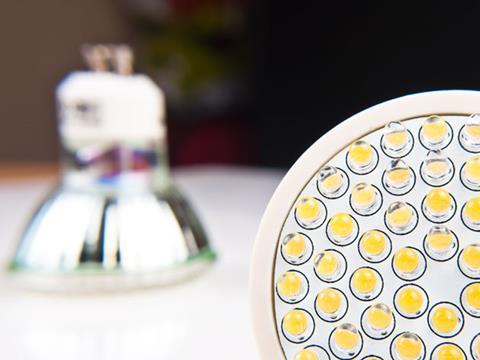
The European Union has legislated that traditional incandescent bulbs should be phased out by the end of 2012 to be replaced by energy saving alternatives. All bulbs produce some UV light and there are guidelines on exposure limits for healthy individuals. However, no limits have been set for people with photosensitive skin conditions.
This lack of data inspired Leona Fenton and her colleagues from the University of Dundee to analyse the UV emissions from different types of energy saving light bulbs. ‘Many individuals are stockpiling incandescent lamps due to worry over there being no alternative that will not put their skin at risk,’ says Fenton.
There are three main types of energy saving light bulb: compact fluorescent lamps (CFLs; both double and single enveloped), energy-efficient halogen lamps and light emitting diodes (LEDs).
The team found that there was considerable variation amongst CFLs, not just between different models and makes, but also within a single box of supposedly identical bulbs! ‘It is impossible for us to recommend the use of any CFLs for photosensitive individuals to use in the lamps [which are] close to the skin for prolonged periods,’ Fenton says.
Double enveloped CFLs give off lower levels of UVB and UVC, making them a safer alternative for some photosensitive people. However, the team found that CFLs, along with halogen lamps, still emit UVA light.
Newly developed LED lamps produced much lower levels of UV (and UVA in particular), making them suitable for people sensitive to any UV wavelength. Chris Edwards, a consultant medical physicist at the Aneurin Bevan Health Board, UK, is impressed by the results. ‘This work is the most comprehensive survey of currently available lamps, and will allow photosensitive patients and their dermatologists to choose suitable lamps for task lighting at home and in the workplace,’ he says.
References
- L Fenton, J Ferguson and H Moseley, Photochem. Photobiol. Sci., 2012, DOI: 10.1039/c2pp25035g






No comments yet